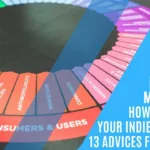Creating a successful indie game isn’t just about having a great idea – it’s about executing that idea strategically in an increasingly competitive market. With over 10,000 indie games launching on Steam alone each year, less than 1% achieve meaningful commercial success.
But here’s the reality: The indie games that do succeed – like Hades, Fall Guys, and Among Us – weren’t just lucky. They followed proven principles that any developer can learn and apply.
What separates successful indie games from the thousands that go unnoticed? It comes down to five critical factors: unique gameplay mechanics, strategic platform selection, effective community building, smart budget management, and persistent iteration based on player feedback.
This comprehensive guide reveals the exact strategies used by successful indie developers to break through the noise. You’ll discover:
- Proven game development frameworks that maximize your chances of success
- Platform selection strategies to reach your ideal audience
- Budget-friendly marketing tactics that generate genuine buzz
- Community building techniques that create loyal fanbases
- Real case studies from indie hits like Celeste, Cuphead, and Stardew Valley
Whether you’re a solo developer with your first game concept or a small team looking to level up, this guide provides the actionable roadmap you need. We’ll cover everything from choosing the right game engine to launching successfully – no fluff, just practical steps you can implement immediately.
The indie game market generated $4.6 billion in 2023, proving there’s massive opportunity for developers who approach it strategically. Let’s dive into exactly how you can claim your share of this growing market.
Popular Indie Games and Their Unique Features
Here are some of the most popular indie games and their unique features:
Minecraft

Minecraft is a sandbox game that allows players to explore, build, and create in a blocky world. It has no specific goals or objectives, giving players the freedom to play however they want. Minecraft’s unique feature is its procedurally generated world, which means that no two worlds are the same.
Stardew Valley
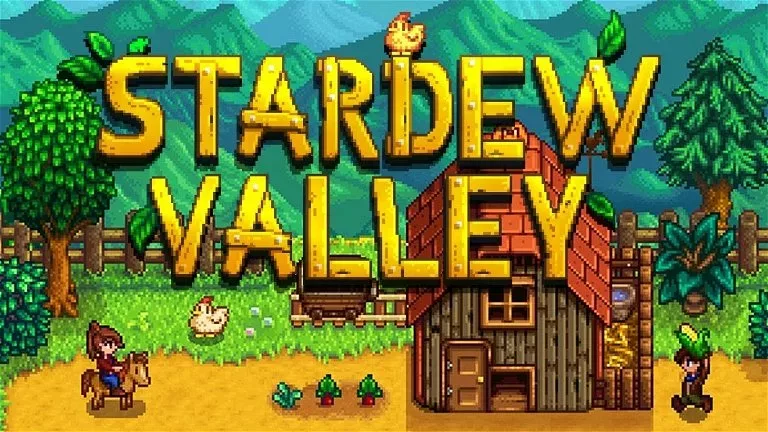
Stardew Valley is a farming simulation game that allows players to grow crops, raise animals, and interact with the game’s characters. It has a relaxing and immersive gameplay experience, with a unique feature of allowing players to customize their farm and character.
Among Us
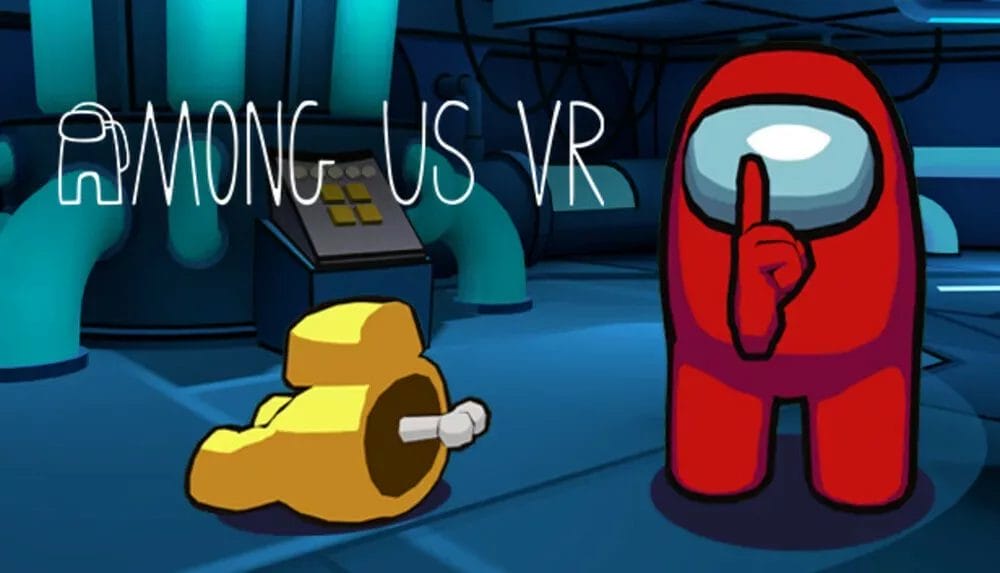
Among Us is a multiplayer game that involves players working together to identify and eliminate imposters on a spaceship. It has gained popularity due to its social deduction gameplay and unique feature of allowing players to customize their characters with hats and skins.
Celeste
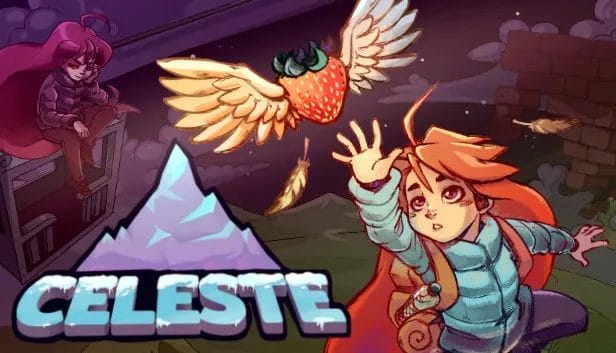
Celeste is an action platformer game that follows the journey of a young woman named Madeline as she climbs a mountain. It has a challenging gameplay experience, with a unique feature of allowing players to customize the game’s difficulty settings.
Hollow Knight
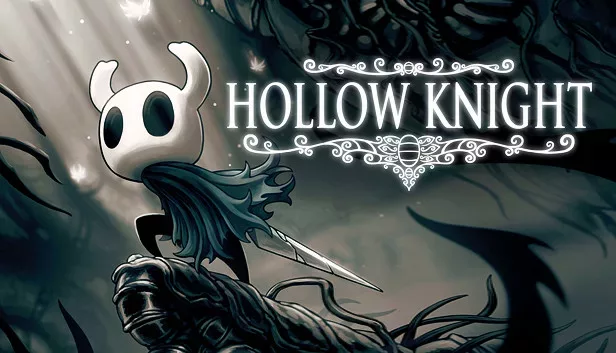
Hollow Knight is an action-adventure game that follows the journey of a knight exploring a vast underground kingdom. It has a dark and atmospheric gameplay experience, with a unique feature of allowing players to unlock new abilities and upgrades as they progress through the game, reminiscent of the best survival games.
Undertale

Undertale is a role-playing game that allows players to make choices that affect the game’s story and characters. It has a unique feature of allowing players to spare or fight enemies, which affects the game’s ending.
Braid

Braid is a puzzle-platformer game that follows the journey of a man named Tim as he searches for a princess. It has a unique feature of allowing players to manipulate time, which affects the game’s puzzles and story.
Limbo
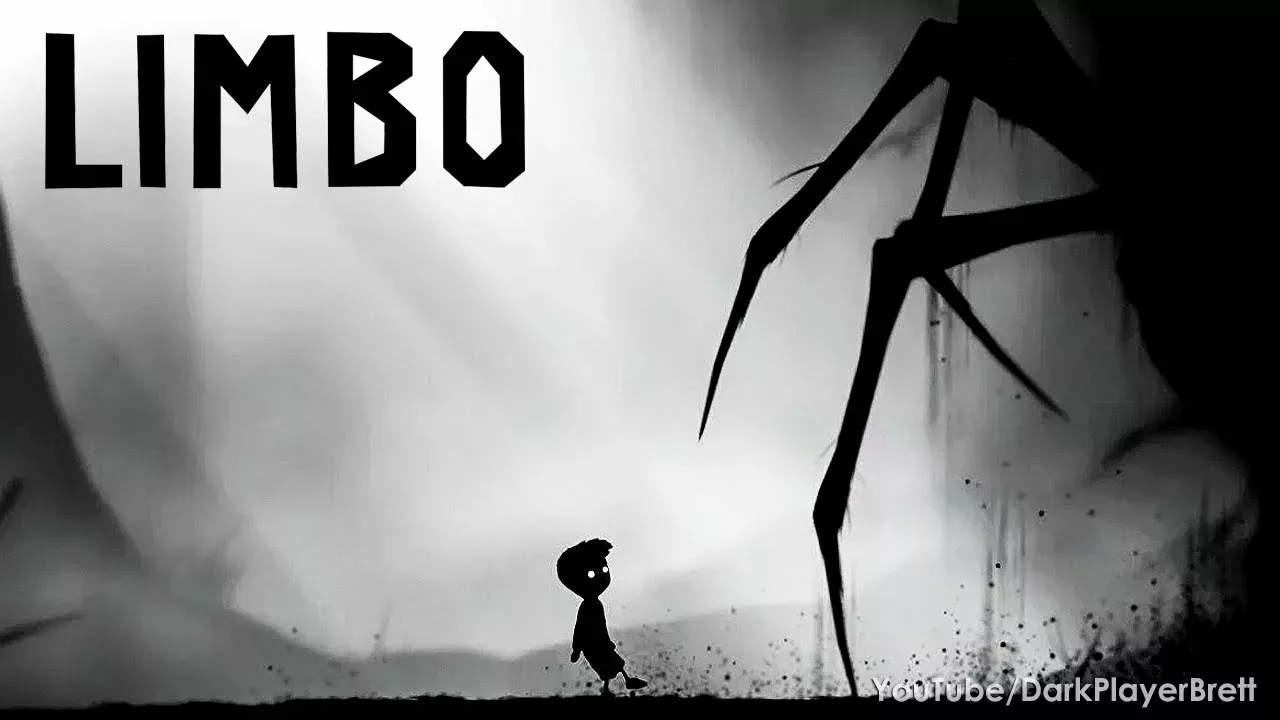
Limbo is a puzzle-platformer game that follows the journey of a young boy searching for his sister in a dark and dangerous world. It has a unique feature of using silhouettes and minimalistic graphics to create a haunting atmosphere.
Fez
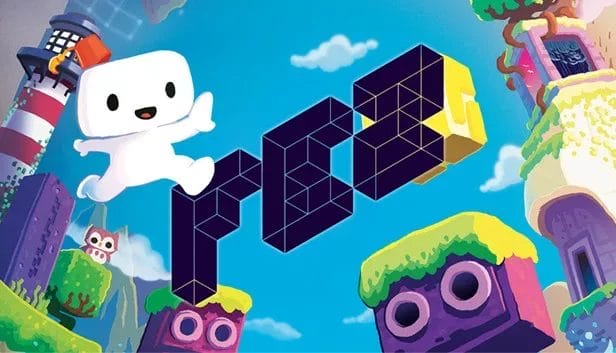
Fez is a puzzle-platformer game that follows the journey of a character named Gomez as he explores a 2D world that can be rotated in 3D. It has a unique feature of allowing players to shift perspectives, which affects the game’s puzzles and exploration.
Cuphead

Cuphead is a run and gun game that follows the journey of two characters named Cuphead and Mugman as they battle against bosses in a 1930s cartoon-inspired world. It has a unique feature of using hand-drawn animation and jazz music to create a nostalgic and challenging gameplay experience.
What is indie video game development?
Indie video game development is the process of creating video games outside of the traditional, mainstream game development process. It is often done by independent developers, who may not have the resources or budget of a large game studio. Indie games are often characterized by their unique art style, innovative gameplay, and creative storytelling. Indie developers are often able to take risks and experiment with new ideas that wouldn’t be possible with large-scale game development. Indie games can be found on a variety of digital platforms, such as Steam, Itch.io, and the App Store.
The studios or teams behind indie game development are called Indie game developers or indiedevs.
Challenges Faced by Indie Game Developers and successful indie games
Indie game development comes with its own set of challenges, including:
Limited Budget
Indie game developers often have a limited budget, which can affect the quality and scope of their games. They need to be creative and resourceful to make the most out of their resources. This can lead to some great ideas that wouldn’t have been possible with a larger budget. For example, a game with a unique art style that uses limited colors and textures can be just as engaging as one with a larger budget. Indie developers often come up with innovative gameplay ideas that can be challenging and rewarding. Additionally, indie games often have a strong focus on story, which can be a powerful tool to draw in players. Finally, indie developers are often willing to take risks that a larger studio might not, leading to more unique experiences.
Limited Resources
Indie game developers may not have access to the same resources as established game developers, such as marketing and distribution channels. They need to find ways to reach their target audience and promote their games effectively. One way to do this is to take advantage of the various online platforms available. Social media, streaming services, and other websites can help spread the word about the game. Additionally, indie developers can look into partnering with other developers or publishers to get their game out there.
Developers can also look into attending conferences and events to promote their game. This can be a great way to meet potential partners, get feedback from players, and build up a community around the game.
Finally, indie developers should consider creating a website or blog to showcase their game. This can be a great way to get the word out and build up a following. Additionally, they can use the website to provide updates on the development process and keep their players informed.
Marketing and Promotion
Indie game developers need to find ways to stand out in a crowded market and attract players to their games. They need to have a strong marketing and promotion strategy to increase their visibility and reach. One key aspect of this strategy is to create a strong social media presence. This involves creating accounts on platforms such as Twitter, Instagram, and Facebook, and engaging with potential players. It is also important to create content such as videos and screenshots of the game to help players get an idea of what it is like.
Developers should also consider partnering with influencers and streaming platforms to increase their reach. By connecting with popular streamers and YouTubers, developers can get their games in front of a large audience. Additionally, they can create promotional campaigns to incentivize players to try out their games.
Finally, developers should focus on building a community around their game. This can be done by creating forums and engaging with players on social media. By fostering a sense of community, developers can create a more loyal player base that will remain engaged with their games.
Finding the Right Platform
Indie game developers need to find the right platform to distribute their games, whether it’s through Steam, Itch.io, or the App Store. They need to consider the platform’s audience, revenue share, and distribution policies. It’s important to make sure the platform you choose is the best fit for your game. Take the time to evaluate each platform and determine which features are most important to you and your game. Additionally, it’s important to consider the cost of the platform and how much you’re willing to invest in marketing.
In some cases, you may find that it’s best to use multiple platforms to reach the widest audience possible. This can help you maximize your revenue and ensure you’re reaching the right people. However, it’s important to remember that each platform will have its own set of fees and policies, so be sure to do your research before committing to any one platform.
Finally, it’s important to remember that the success of your game isn’t tied to the platform you choose. Make sure you focus on creating a great game that people will want to play, and the rest will follow.
Competition from Established Game Developers
Indie game developers face competition from established game developers who have more resources and a larger audience. They need to find ways to differentiate themselves and offer unique gameplay experiences. One way indie game developers can stand out is by focusing on creating games that have a unique art style. This can help to create a memorable experience for players that will help the game stand out from the competition. Indie game developers can also create games that have a unique story or setting that will draw players in. Additionally, indie game developers can use creative marketing tactics to reach their target audience. This can include partnering with influencers or creating an effective social media strategy. Finally, indie game developers can create games that offer a unique experience that can’t be found in other games.
Tips for Aspiring Indie Game Developers or how to make a successful indie games ?
Here are some tips for aspiring indie game developers and help them on how to make a successful indie game:
Choose the Right Game Engine
Choose a game engine that suits your game’s needs and your team’s skills. Popular game engines include Unity, Unreal Engine, and GameMaker Studio. When choosing a game engine, it’s important to consider the cost and the features it offers. Unity is a popular choice for indie developers as it is free to use and provides a wide range of features. Unreal Engine is another popular choice, although it requires a subscription fee as well as a royalty fee for published games. GameMaker Studio is a great option for developers with limited programming experience, as it offers a drag and drop interface.
No matter which game engine you choose, it’s important to understand the features it offers and how well they fit with your game’s needs. Make sure to read up on the documentation and tutorials for the engine you choose, and don’t be afraid to ask questions if you get stuck. Finally, consider the technical requirements for the engine and make sure your team has the necessary skills and resources to use it.
Focus on Unique Features and Gameplay Mechanics
Create a game with unique features and gameplay mechanics that set it apart from other games in the market. This will help your game stand out and attract players. To create the game, you will need to decide on a genre and theme. Consider the target audience of the game and ensure it appeals to them.
You will also need to decide on the platform you want to release the game on, such as PC, console, or mobile. Additionally, you will need to create artwork and animations that bring the game to life. Finally, you will need to create a storyline and levels that make the game enjoyable and challenging.
Create a Strong Narrative
Create a strong narrative that engages players and keeps them invested in the game’s story. This will help players connect with the game’s characters and world.
To create a strong narrative, consider the motivations and goals of the characters. What drives them and why? What are their fears and doubts? By exploring these questions, you can create a story that players can relate to and become invested in.
Think about the themes of the game and how they can be explored through the narrative. What messages do you want to convey to the players? How can these themes be woven into the story?
Finally, focus on the pacing of the narrative. Make sure there are enough plot twists and surprises to keep players engaged and on their toes. Balance the action and dialogue to create a story that keeps players interested in the journey.
Prioritize User Experience
Prioritize user experience by creating a game that is easy to learn and enjoyable to play. This will help players stay engaged and recommend your game to others. To achieve this, focus on creating a visually pleasing game with intuitive controls.
Incorporate a tutorial to familiarize players with the game mechanics and allow them to practice before they start playing. Additionally, provide a variety of levels that increase in difficulty as the player progresses. Make sure to include rewards and incentives to keep players motivated. Finally, ensure the game is bug-free and runs smoothly on all platforms.
Build a Community
Build a community around your game by engaging with players and listening to their feedback. This will help you improve your game and create a loyal fanbase. You can engage with players on social media platforms, forums, and through email. Make sure to respond to any feedback or questions in a timely manner.
Additionally, you can create contests or special events to reward your most loyal followers. This will help create a sense of community and make players feel special. You can also use this as an opportunity to collect feedback and further improve your game. Finally, make sure to share updates and progress on your game regularly to keep players engaged and excited about what you are doing.
Be Open to Feedback and Adaptation
Be open to feedback and adaptation by listening to player feedback and making changes to your game accordingly. This will help you create a better game and improve your chances of success. It is important to remember that the game development process is an iterative one. You will need to continuously review and refine your game based on the feedback you receive. This means that you may need to make changes to the game design, graphics, or even the game mechanics.
It is also important to test the game thoroughly before releasing it. This will help you identify any bugs or glitches that need to be addressed. You should also seek out feedback from experienced game testers to ensure that the game is as enjoyable and bug-free as possible.
Finally, it is essential to ensure that the game is well marketed. This will help to ensure that your game reaches the right audience and that it is successful. You should also consider creating a marketing plan and budget to ensure that you are able to reach the right people.
How difficult is to make successful indie games?
Making a successful indie game is quite difficult, but definitely achievable with the right mix of skills, persistence, and luck. Here are a few factors that contribute to the challenge:
- High competition – Tens of thousands of indie games release each year, all competing for attention. Breaking through the noise is hard without a unique offering.
- Small teams – Most indie games are made by solo developers or small teams, so scope has to be manageable without AAA resources.
- Limited funding – Without a big publisher, funding game development can be tough. Most indies are self-funded or use crowdfunding platforms.
- Game development skills – Indies need competence not just in coding, but in art, game design, sound, marketing, and business management. Wearing many hats is required.
- Discoverability – Getting visibility on digital platforms like Steam is critical but challenging as an unknown developer. Marketing is crucial.
- Long timelines – It often takes indies 2-5 years to develop a game with polished mechanics, content, and production values. Patience is key.
However, with careful scoping, Lean development practices, community engagement, and clever marketing, indie developers absolutely can overcome these challenges and find major success. Passionate indies willing to learn, iterate, and evolve their craft can compete if they manage expectations and leverage their strengths. It’s difficult, but very doable.
What are the odds of creating successful indie games?
The odds of creating a financially successful indie game are quite low, but positive outcomes are still very possible with the right approach. Here are a few key statistics:
- Less than 1% of indie games achieve commercial success, which is often defined as at least $1 million in revenue. The vast majority of indie games fail to turn a profit.
- 80% of revenue earned on digital game platforms like Steam goes to the top 10% of titles. The market is extremely top heavy.
- However, new indie hits still emerge frequently. Hundreds of indie games launch each week on Steam, and about 15-20 become sustainable successes each year.
- Indie game developers are prolific. Thousands of games are submitted to festivals like IGF each year. Most developers create multiple games before achieving any significant success.
- Developers greatly increase their odds by iterating based on feedback, staying small in scope, and retaining creative ownership over their projects.
- Leveraging unique themes, innovative gameplay, and striking art style also helps attract an audience in a crowded market.
So in summary, the baseline odds are low. But indie developers who are strategic in their approach, willing to iterate, and can produce many games over time have very realistic chances of eventual success. It’s not easy, but passion and persistence pay off. Does this help summarize the landscape? Let me know if you need any clarification!
The Future of Indie Games (successful indie games)
Indie games are here to stay, and they will continue to shape the gaming industry in the future. Here are some trends and opportunities for indie game developers:
Trends in Indie Game Development
Trends in indie game development include the rise of mobile gaming, the popularity of retro-style games, and the use of procedural generation and artificial intelligence in game design. The indie game industry has seen an influx of independent developers with unique ideas and creative approaches to game design. This has resulted in an incredibly diverse range of games, from pixelated platformers to narrative-driven RPGs. In addition, indie game developers have access to more powerful and affordable tools than ever before, allowing them to create more ambitious projects.
The indie game market has been steadily growing over the past few years, with more and more players discovering the unique experiences that indie games have to offer. This has led to a surge in the number of indie game developers, with many of them making a living off their work. This has also enabled indie game developers to gain access to larger audiences, allowing them to reach a wider range of players.
The success of indie games has also inspired traditional game developers to take a more experimental approach to game design, leading to innovative and exciting new experiences for players. This has helped to create a vibrant and ever-evolving gaming landscape, with something for everyone.
Impact of Indie Games on the Gaming Industry
Indie games have had a significant impact on the gaming industry, inspiring creativity and innovation in established game developers and providing opportunities for new talent to enter the industry. Many indie games have achieved critical and commercial success, often with limited resources and creative teams. This has led to a renewed focus on the indie gaming scene, with larger developers and publishers now looking to work with indie teams to develop new and exciting games. Indie games also offer a platform for developers to create games which push the boundaries of what is possible, often with experimental gameplay and visuals. This has led to some of the most unique and interesting titles in the industry.
The indie gaming scene has also provided a platform for developers to explore new business models, with many titles now offering free-to-play or subscription-based services. This has allowed developers to better monetize their games and reach a wider audience. It has also enabled developers to experiment with new ideas, often with greater success than traditional models.
Overall, indie games have had a huge impact on the gaming industry, providing opportunities for new developers and inspiring creativity and innovation. They have also pushed the boundaries of what is possible, leading to some of the most unique and interesting titles in the industry.
Opportunities for Indie Game Developers that want to create successful indie games
Opportunities for indie game developers include the rise of digital distribution platforms, the growth of the gaming industry, and the increasing demand for unique and innovative gameplay experiences. These digital platforms allow indie game developers to reach a larger audience than ever before, allowing them to showcase their work to a wider range of potential fans. Additionally, the gaming industry has seen tremendous growth in recent years, with the global market estimated to exceed $100 billion in 2020. This growth has opened up new avenues for indie game developers to find success. Finally, the demand for unique and innovative gameplay experiences has never been higher, with players looking for something different from the usual array of AAA titles.
Conclusion on How to make successful indie games
Indie games are an important part of the gaming industry, offering unique and innovative gameplay experiences that set them apart from AAA titles.
Aspiring indie game developers face challenges, but with the right tips and strategies, they can create successful and impactful games. The future of indie games is bright, and we look forward to seeing what new and exciting games will be created in the years to come.
Developers can draw inspiration from the successes of other indie games, as well as learn from the mistakes of others. It is important to remember that the key to success in the indie games industry is to create a unique game that stands out from the crowd.
Additionally, developers should take advantage of the various platforms and tools available to them to help market their game and reach a wider audience. Finally, having a solid support network of friends and family can be invaluable in the game development process.
If you want more articles on indie game development don´t hesitate in visiting our blog where you be able to find plenty of interesting content
Frequently Asked Questions (FAQ) How to make successful indie games
Q: What tools do I need to make successful indie games?
A: Many popular indie games are made with mainstream game engines like Unity, Unreal Engine, GameMaker Studio, etc. These engines provide tools to help build and deploy your game more efficiently. Start with an engine that fits your skills.
Q: How can I fund my indie game development?
A: Bootstrapping your game via personal savings is an option. You can also try crowdfunding on sites like Kickstarter or Indiegogo. Publishers may fund your game in exchange for a cut of revenue. Government grants are another potential funding source.
Q: How long does it take to develop an indie game?
A: Development timelines vary greatly based on scope and team size. A simple 2D game made by one developer may take 6-12 months. More complex games with larger teams may take 2-5 years. Keep your first game small and achievable.
Q: What monetization models work best for indie games?
A: Paid downloads, in-app purchases, paid expansions, and ads are common models. Know your target audience and choose options that fit the gameplay experience. Free-to-play can work but may require more upfront development.
Q: How can I market my indie game?
A: Build an audience early through social media and blogging. Attend conventions and events to demo your game. Reach out to streamers/influencers. Contact relevant media outlets for reviews and interviews.
Q: Should I launch on all platforms at once?
A: Prioritize 1-2 platforms first, usually PC and/or mobile. Porting to multiple systems simultaneously stretches limited resources. Launch on other platforms after establishing success.
A game developer that wants to share its knowledge and experience with other game developers-



